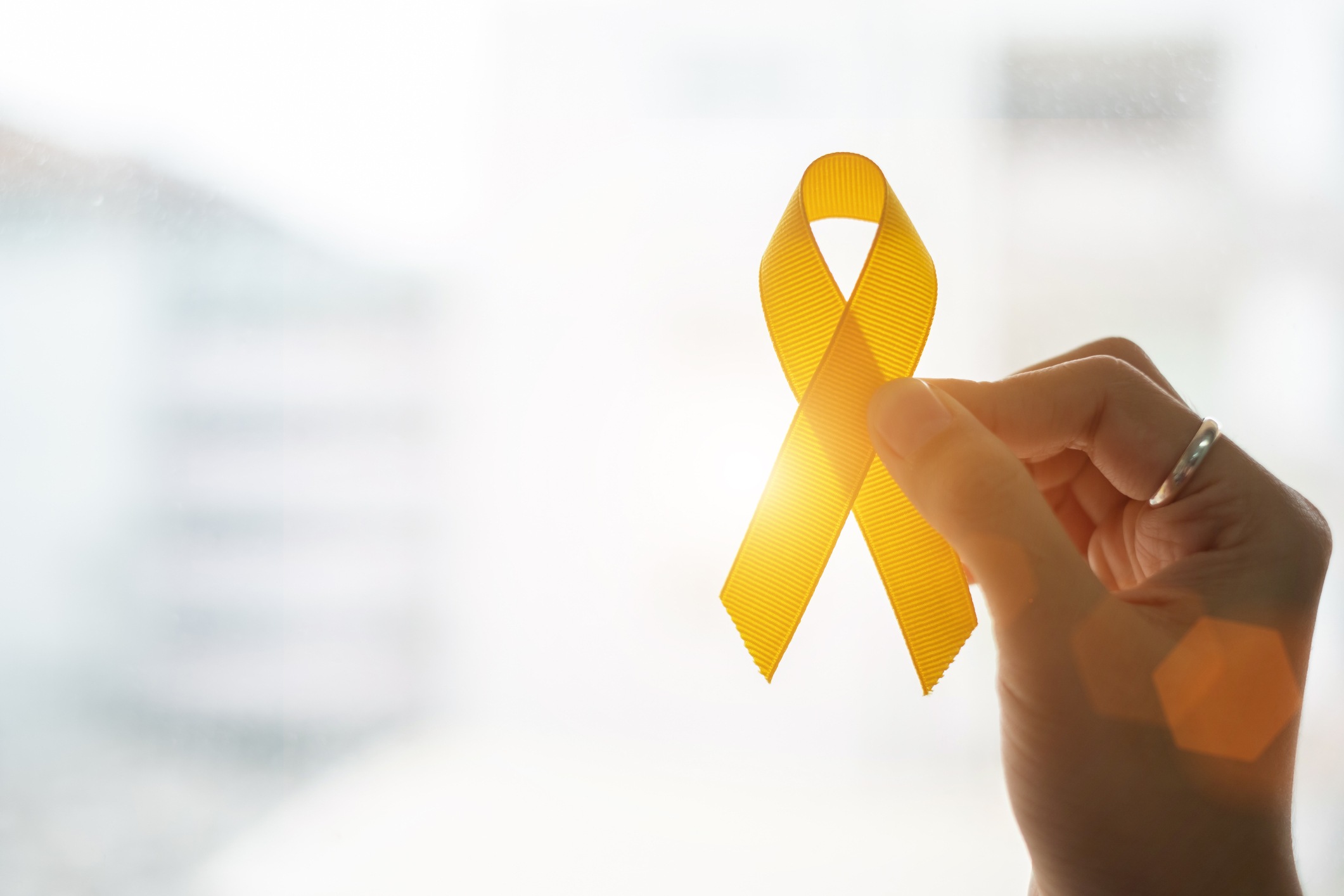
Each September, childhood cancer organizations worldwide celebrate Childhood Cancer Awareness Month. The goal of the month-long commemoration is to engage individuals in advocacy for children with these diseases, highlight patient stories, and raise funds toward research and care for these patients.
Facts about Childhood Cancers
Diagnosis
According to the Coalition Against Childhood Cancer (CAC2), one in 285 children will develop cancer before the age of 20. The overall incidence of childhood cancer is on the rise. Since 1975, there has been a 0.7% increase in pediatric cancer diagnoses annually. CAC2 estimated that around 1,190 children and 540 adolescents were expected to die from cancer in 2020.
In all patients aged <20 years with cancer, the average age at diagnosis is 8. For children aged 14 years or younger, the average age at diagnosis is 5 years. The average age at diagnosis is 17 for adolescents (aged 15 to 19 years). The average age for cancer diagnosis in adults is 65 years.
The most frequent new cancer diagnoses in children are for leukemia (28.1%) and brain/central nervous system (CNS) cancers (26.5%). For adolescents, the most common new cancer diagnoses are malignant epithelial neoplasms and melanomas (23.3%) and brain/CNS cancers (21.9%).
Survival and Life Expectancy
The five-year survival rate for pediatric cancers is 84%—up from 61% in 1975. However, this number varies by region. Eighty percent of childhood cancer cases occur in the developing world, where survival rates average around 20%.
Survival also depends on the cancer type. For example, the five-year survival rate for acute lymphocytic leukemia is 90%. On the other hand, patients with diffuse intrinsic pontine glioma have poor outcomes, with a ≥2 year survival rate of 10%.
The number of childhood cancer survivors in the U.S. is expected to grow to more than 500,000 in 2020. CAC2 reports that more than 95% of patients who overcome childhood cancer face significant health-related issues in adulthood, primarily due to side effects from treatment. Around one-third of patients are expected to suffer severe and chronic side effects by the age of 45.
A study found that nearly 10% of survivors of pediatric cancer develop a second cancer within 30 years of initial diagnosis. Survivors are also at increased risk for cardiovascular complications later in life compared to the general population. Treatments for cancer are also associated with future infertility in pediatric patients, especially with the use of alkylating agents.
According to CAC2, the childhood cancers associated with the greatest risk of serious late effects from treatment were bone cancers, brain tumors, and Hodgkin lymphoma. Patients treated with radiation to the chest, abdomen, or pelvis were also at increased risk of later complications.
The life expectancy for patients who survive childhood cancer has improved with changing technology and more research. The life expectancy for patients treated for childhood cancer in the 1970s is 48.5 years, compared to 53.7 years in the 1980s and 57.1 years for those treated in the 1990s.
See facts on childhood cancer diagnosis, survival, health impacts, and more on the CAC2 Fact Library.
Get Involved for Childhood Cancer Awareness Month
Celebrate Childhood Cancer Awareness Month by advocating on behalf of patients and their caregivers, donating to fundraisers for research and care, and more. Read on to learn how to get involved with activities hosted by childhood cancer organizations.
Advocate
One way to support patients with pediatric cancer is to get involved with political advocacy on a local, state, federal, or even international level.
The American Childhood Cancer Organization (ACCO) is the largest grassroots advocacy group for children affected by cancer in the United States. Their advocacy team hosts monthly training sessions to get you ready to advocate in your community or in Congress.
In addition, the Children’s Cancer Cause hosts a Legislative Action Center, which is an online resource of currently pending legislation that impacts children with cancer. Visit their website to learn more about their current campaigns.
Fundraise
Fundraising is an important way to celebrate Childhood Cancer Awareness Month, because it can directly support new research, advocacy work, or even costs associated with care.
In addition to their advocacy, ACCO offers information on events you can host in your community to raise money for their work toward children with cancer. Funds raised go toward free resources for impacted families, advocacy work, family assistance, and more.
Additional Resources on Childhood Cancers
The Dana-Farber/Boston Children’s Cancer and Blood Disorders Center offers numerous educational resources for patients and caregivers impacted by pediatric cancer. Their website offers patient testimonials from children and adolescents at all stages of care and survival. The site also has facts and tips for some frequently asked questions regarding childhood cancer in general, the state of cancer research, and more.
ACCO offers a host of free resources for families and children facing childhood cancer on their website. There are play kits, books for children and parents, journals, and more available for free to impacted families.







 © 2025 Mashup Media, LLC, a Formedics Property. All Rights Reserved.
© 2025 Mashup Media, LLC, a Formedics Property. All Rights Reserved.